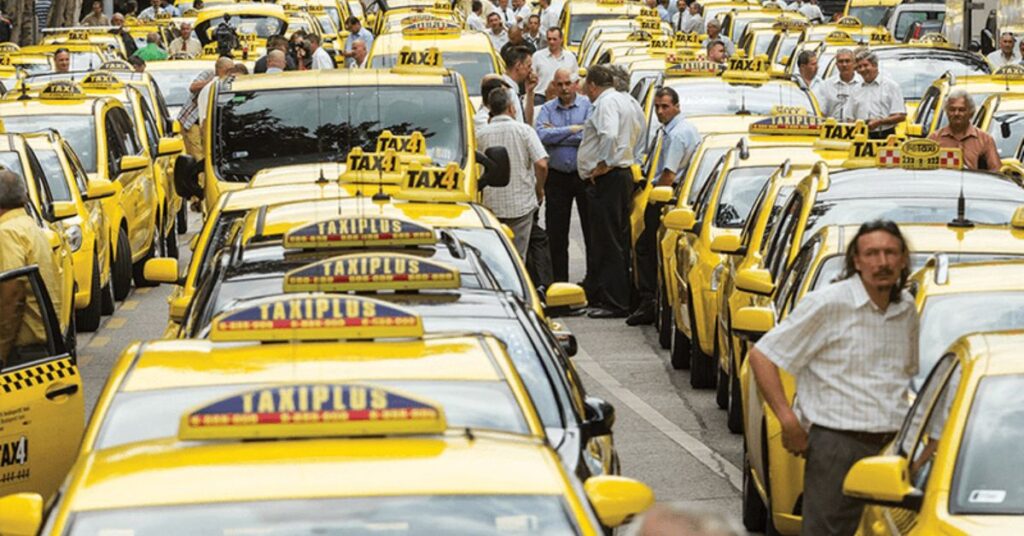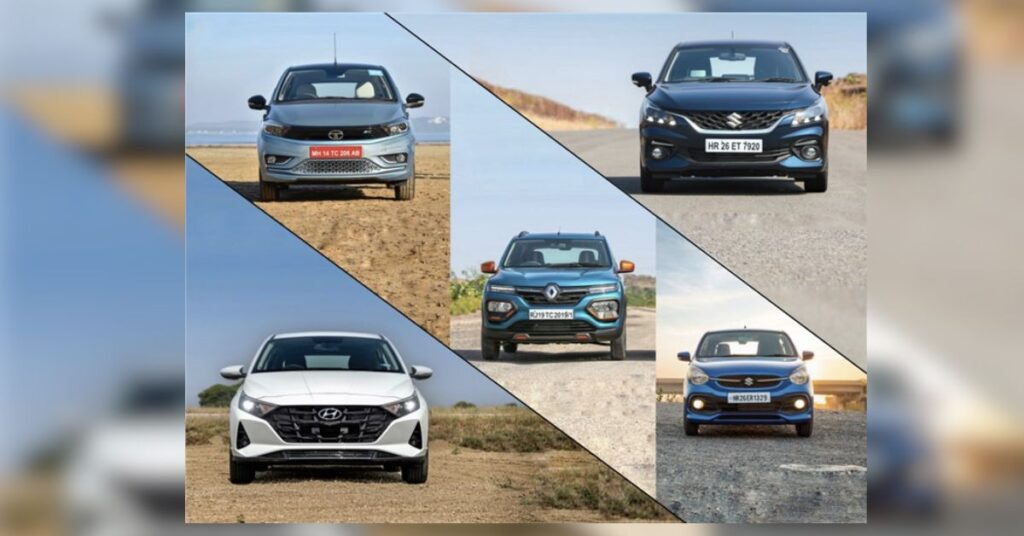Road safety is a critical concern in India, where various traffic violations often lead to accidents and endanger the lives of pedestrians and commuters alike. To address this issue, the government has implemented the all-new Motor Vehicles Act, introducing stricter penalties and fines to ensure the safety of drivers, riders, and pedestrians. Among the road safety measures, zebra crossing rules have been emphasized to protect pedestrians while vehicles stop at red signals. However, there are other road safety challenges in India that need attention and proper enforcement.
Road Safety Issues in India
1. Negligence: Despite the importance of traffic safety, many people fail to obey traffic rules and underestimate their significance. This negligence poses a serious threat to road safety, and offenders must realize that they are liable to pay fines for traffic violations.
2. Poor Road Conditions: The condition of roads is a significant factor contributing to accidents. Improperly maintained roads can lead to accidents and put vehicles at higher risk.
3. Missing Road Safety Standards: Inadequate road signs, missing zebra crossings, and stop lines create confusion for both drivers and pedestrians, contributing to chaotic traffic situations.
4. Improper Planning: Lack of proper planning by the government and sub-standard road construction by contractors exacerbate road safety concerns, particularly during monsoons.
5. Ineffective Law Enforcement: While laws are in place, their implementation and enforcement often fall short, resulting in non-compliance by motorists.
Zebra Crossing Rules in India
Zebra crossing is a pedestrian crossing marked with alternate black and white stripes resembling a zebra. These crossings are used worldwide to allow pedestrians to cross safely while vehicles halt at red signals.
For Drivers
– Vehicles must stop at the line before the zebra crossing upon seeing a red light, enabling pedestrians to cross safely.
– When the walking sign in green lights up on the traffic signal, pedestrians can use the zebra crossing to cross the road.
– Motorists face severe penalties for jumping the zebra crossing at traffic signals, ensuring compliance and discouraging violations.
For Pedestrians:
– Pedestrians should wait and ensure all traffic has stopped before crossing a zebra crossing.
– If there is no specific pedestrian signal, they should cross the street only when the traffic has slowed down.
Other Road Safety Rules:
– Rule 8 of the Road Regulation 1989 requires drivers to slow down when approaching a pedestrian or zebra crossing.
– Rule 11 prohibits motor vehicles from driving on footpaths or cycle lanes without police permission.
– Rule 15 prohibits parking near or on a pedestrian crossing, footpath, or traffic light.
Legal Penalties:
– Sections 336 and 337 of the Indian Penal Code deal with rash or negligent driving offenses, endangering human life or causing hurt.
– Section 138 of the Motor Vehicles Act empowers State Governments to make rules for road safety, including prohibiting motor vehicle use on footpaths.
Conclusion
To ensure road safety in India, it is crucial to address negligence, improve road conditions, enforce safety standards, and implement effective laws. Strict adherence to zebra crossing rules, along with proper education and awareness campaigns, will help promote safer road practices and protect pedestrians and commuters alike. Through collaborative efforts between authorities and the public, India can significantly reduce road accidents and make its roads safer for everyone.




